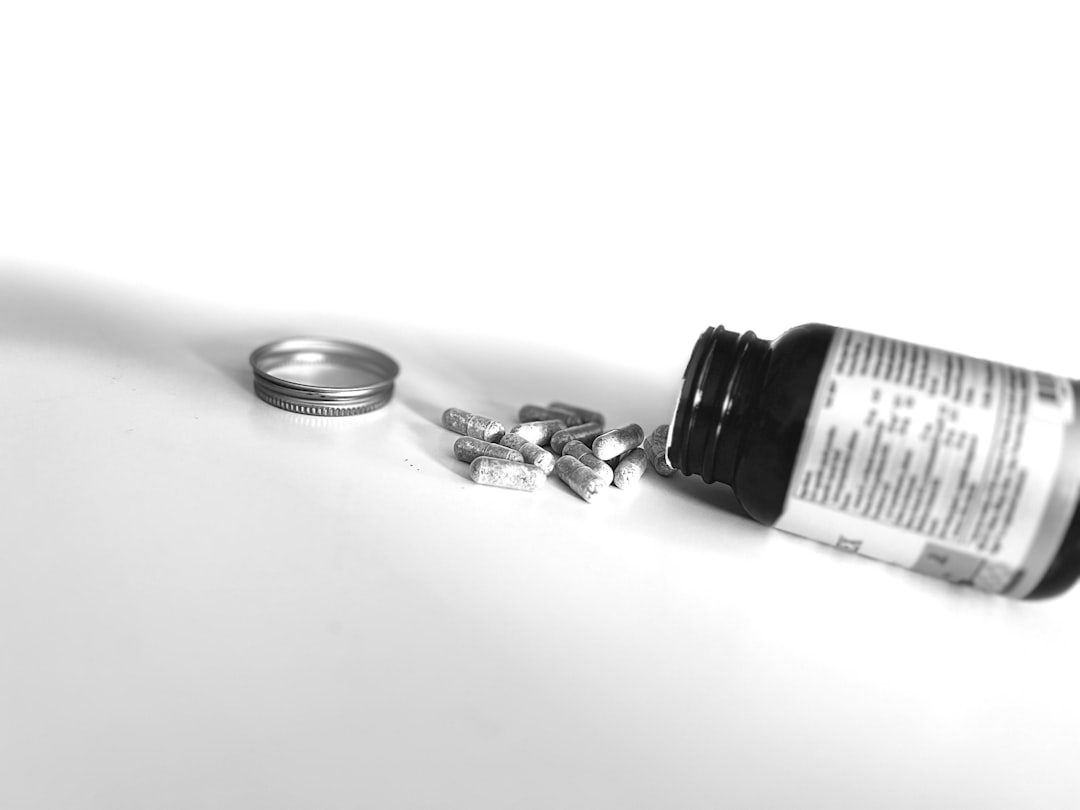The production of pipes, whether for transporting water, gas, oil, or other crucial materials, demands unwavering commitment to quality. A single flaw can have catastrophic consequences, leading to leaks, environmental damage, and even loss of life. Therefore, robust and comprehensive quality control systems are paramount throughout the entire pipe manufacturing process. This blog post will delve into the key aspects of these systems, providing a detailed understanding of how manufacturers ensure the delivery of high-quality, reliable pipes.
1. Raw Material Inspection: The Foundation of Quality
The journey to a high-quality pipe begins with the selection and inspection of raw materials. This crucial first step involves rigorous checks on the chemical composition, mechanical properties, and physical characteristics of the raw materials used in pipe manufacturing. For steel pipes, this includes analyzing the carbon content, tensile strength, yield strength, and elongation. For plastic pipes, the focus shifts to polymer type, density, and the presence of any contaminants. Sophisticated testing methods, such as spectroscopy and tensile testing, are employed to ensure the raw materials meet the stringent requirements of relevant industry standards (e.g., ASTM, ISO).
Defective raw materials can lead to compromised pipe integrity, necessitating early detection and rejection. This initial quality control step significantly reduces the risk of downstream issues and minimizes waste.
2. In-Process Monitoring: Maintaining Consistent Quality Throughout Production
Maintaining consistent quality throughout the entire manufacturing process is critical. In-process monitoring involves continuous checks at various stages of production, such as during the forming, welding (for metallic pipes), extrusion (for plastic pipes), and coating processes. This often involves real-time data acquisition and monitoring systems that track parameters like temperature, pressure, and dimensions. Any deviations from pre-defined parameters trigger immediate alerts, allowing for prompt corrective actions. This proactive approach minimizes defects and ensures the consistent production of pipes that meet the required specifications.
Examples of in-process monitoring techniques include ultrasonic testing for weld integrity, dimensional checks using laser scanners, and visual inspections for surface imperfections.
3. Dimensional Accuracy: Ensuring Precise Measurements and Tolerances
Precise dimensional accuracy is paramount for ensuring proper pipe fitting and functionality. Deviations from specified dimensions can lead to leaks, stress concentrations, and ultimately, pipe failure. Therefore, stringent dimensional checks are conducted throughout the production process using various measuring instruments, including calipers, micrometers, and advanced coordinate measuring machines (CMMs). These instruments provide highly accurate measurements of the pipe’s outer diameter, inner diameter, wall thickness, straightness, and ovality.
Regular calibration and maintenance of these measuring instruments are vital to maintaining accuracy and ensuring the reliability of the dimensional data obtained.
4. Testing Methodologies: Verifying Pipe Integrity and Performance
Once the pipes are manufactured, they undergo a series of rigorous tests to verify their integrity and performance characteristics. These tests can be categorized as destructive and non-destructive testing (NDT). Destructive testing methods, such as tensile testing and burst testing, involve sacrificing a sample to determine its ultimate strength and pressure resistance. NDT methods, on the other hand, allow for the evaluation of the pipe’s integrity without causing damage. Common NDT methods include:
- Ultrasonic Testing (UT): Detects internal flaws and inconsistencies.
- Radiographic Testing (RT): Uses X-rays or gamma rays to detect internal defects.
- Magnetic Particle Testing (MT): Detects surface and near-surface flaws in ferromagnetic materials.
- Dye Penetrant Testing (PT): Detects surface-breaking flaws.
The choice of testing methods depends on the pipe material, application, and relevant industry standards.
5. Data Analysis and Continuous Improvement: Optimizing the Quality Control Process
The data generated from raw material inspection, in-process monitoring, and testing forms a valuable source of information for continuous improvement. Statistical Process Control (SPC) techniques are used to analyze this data, identify trends, and pinpoint areas for improvement in the manufacturing process. This data-driven approach allows for proactive adjustments to minimize defects, optimize production efficiency, and enhance the overall quality of the pipes produced.
Regular review and analysis of quality control data are crucial for identifying systemic issues and implementing corrective actions. This iterative process of data analysis and improvement ensures that the quality control system remains effective and adaptable to changing needs and challenges.
Implementing robust pipe product quality control systems is not merely a regulatory requirement; it’s a commitment to safety, reliability, and sustainability. By meticulously addressing every stage of the production process, manufacturers can ensure the delivery of high-quality pipes that meet the demands of diverse applications and contribute to the success of their customers’ projects.
SEO-Friendly Tags:
- Pipe Quality Control
- Pipe Manufacturing Quality Assurance
- Pipe Inspection Techniques
- Non-Destructive Testing Pipes
- Pipe Dimensional Control




